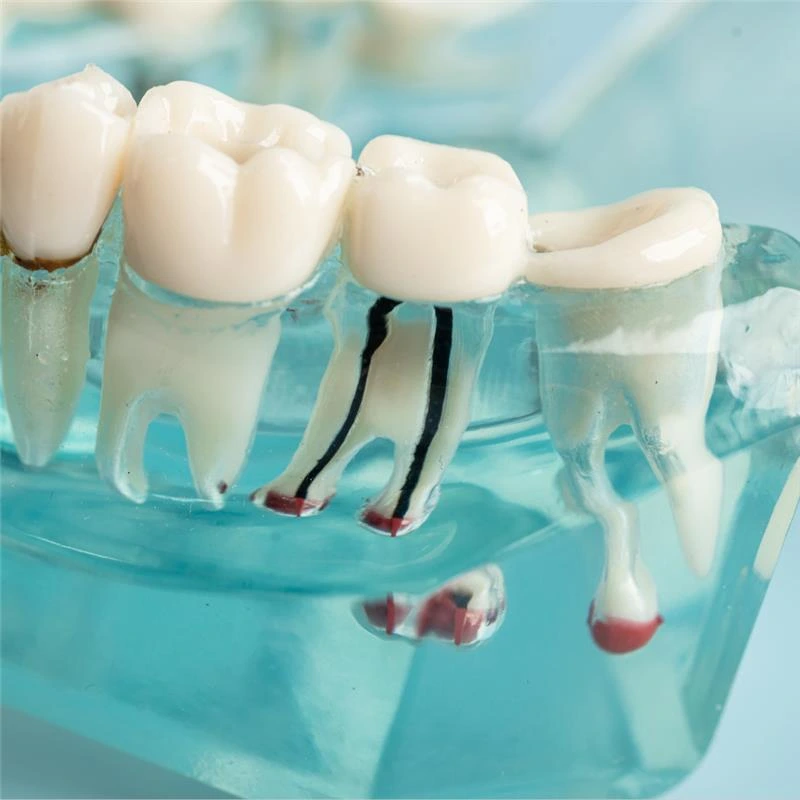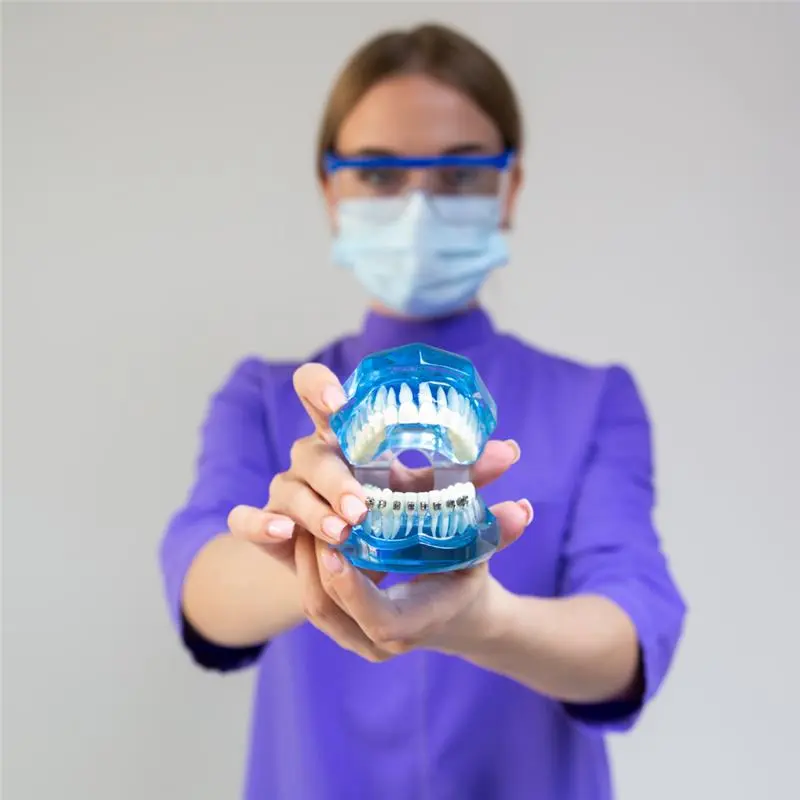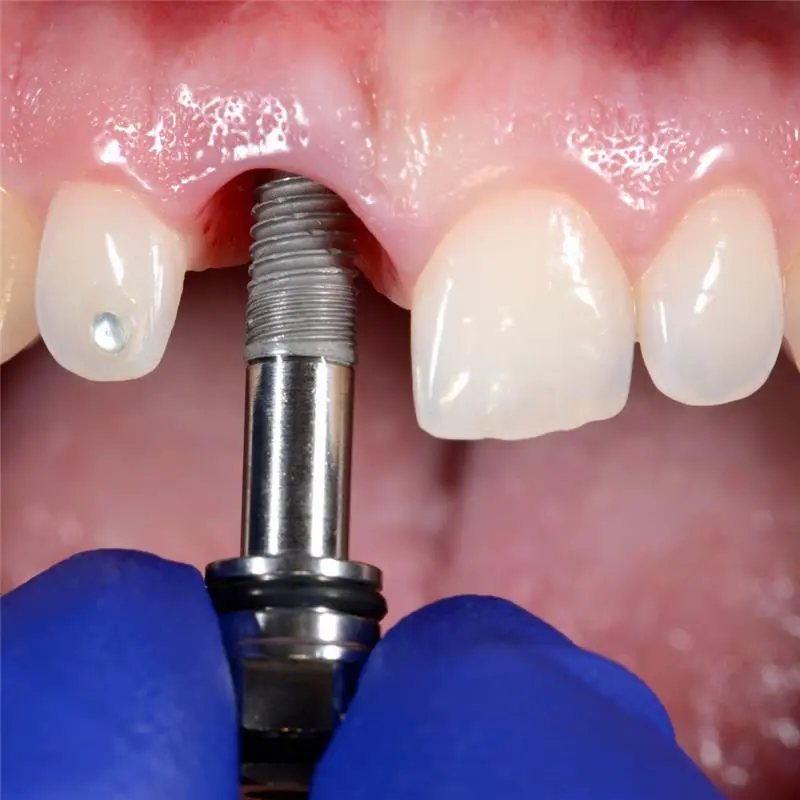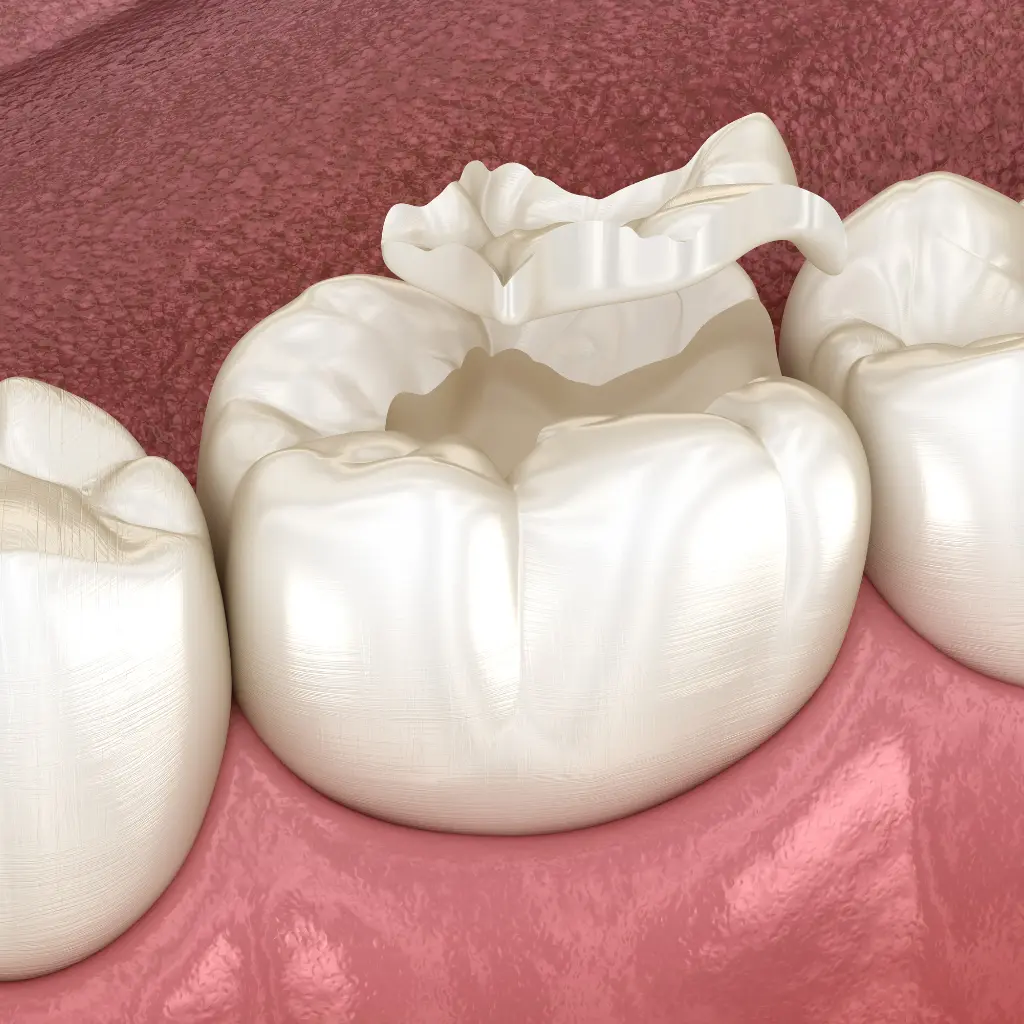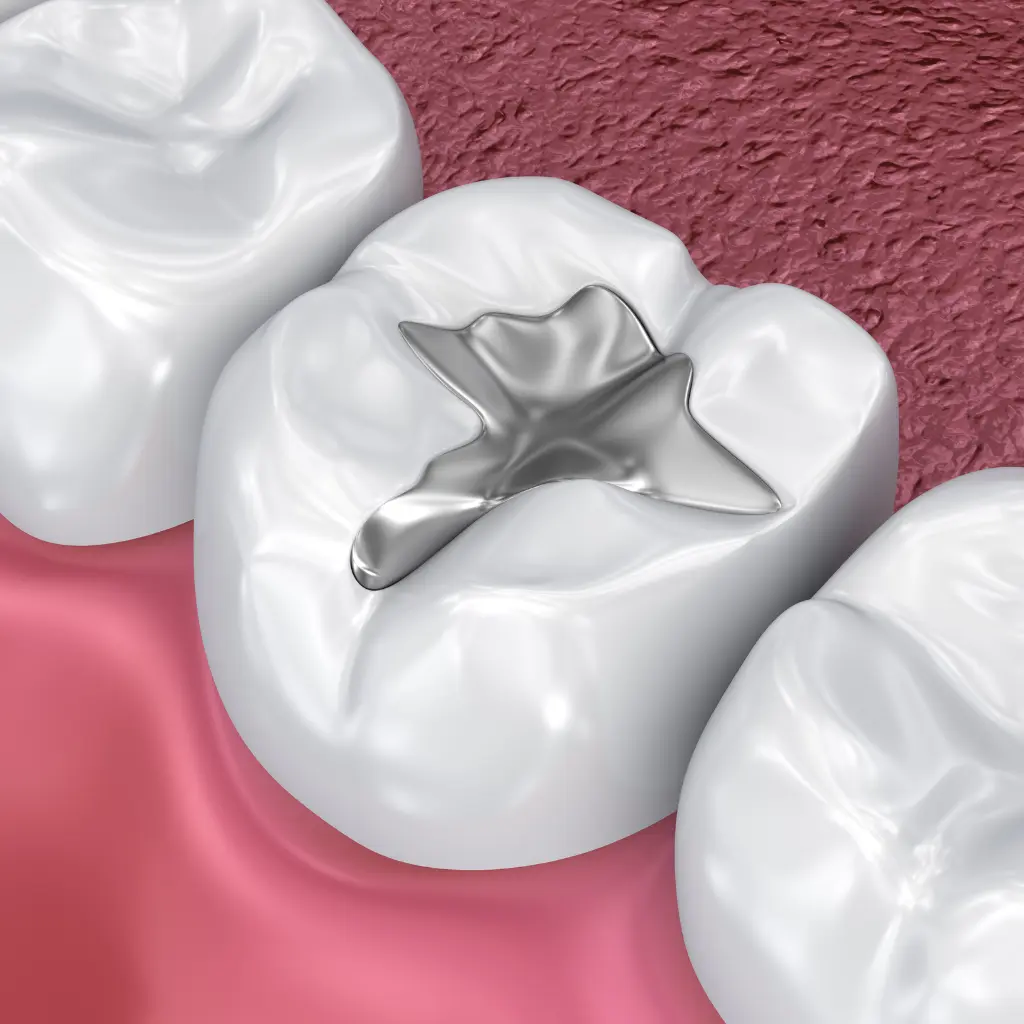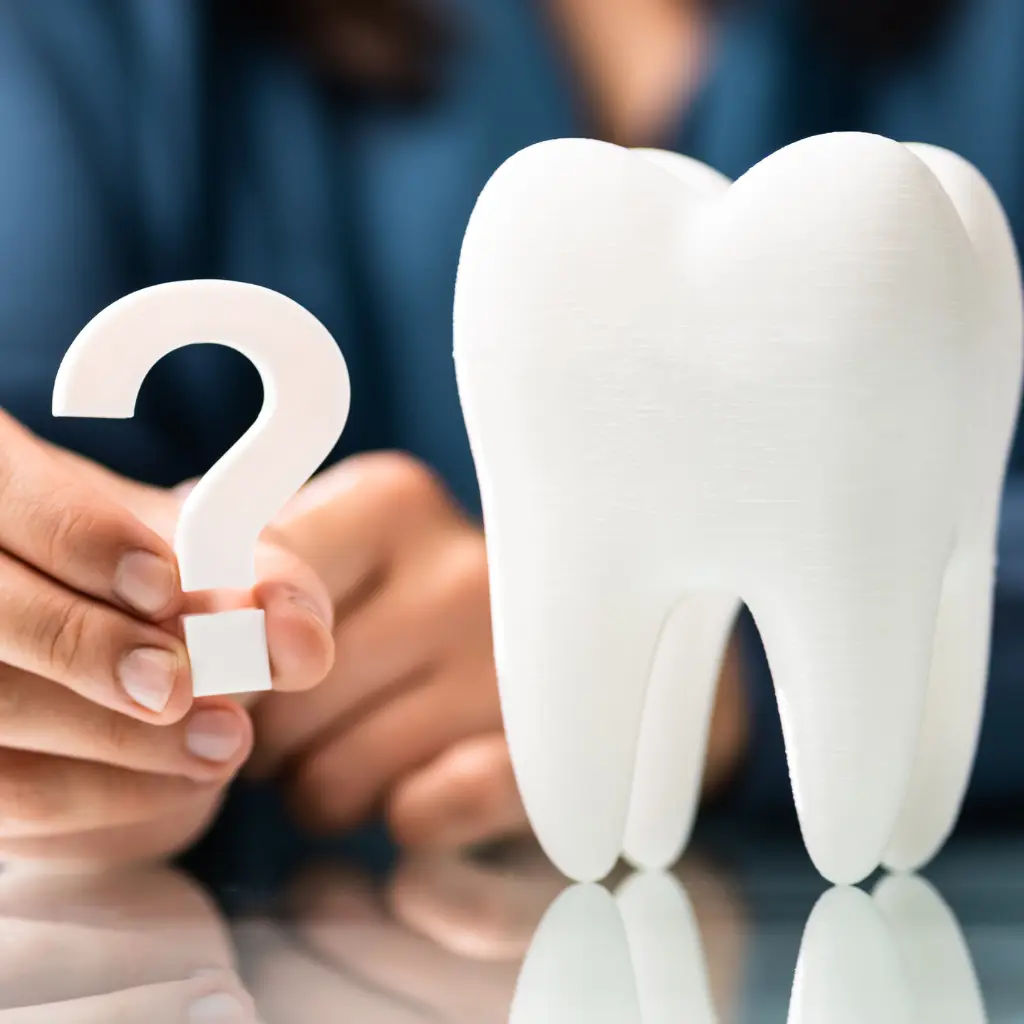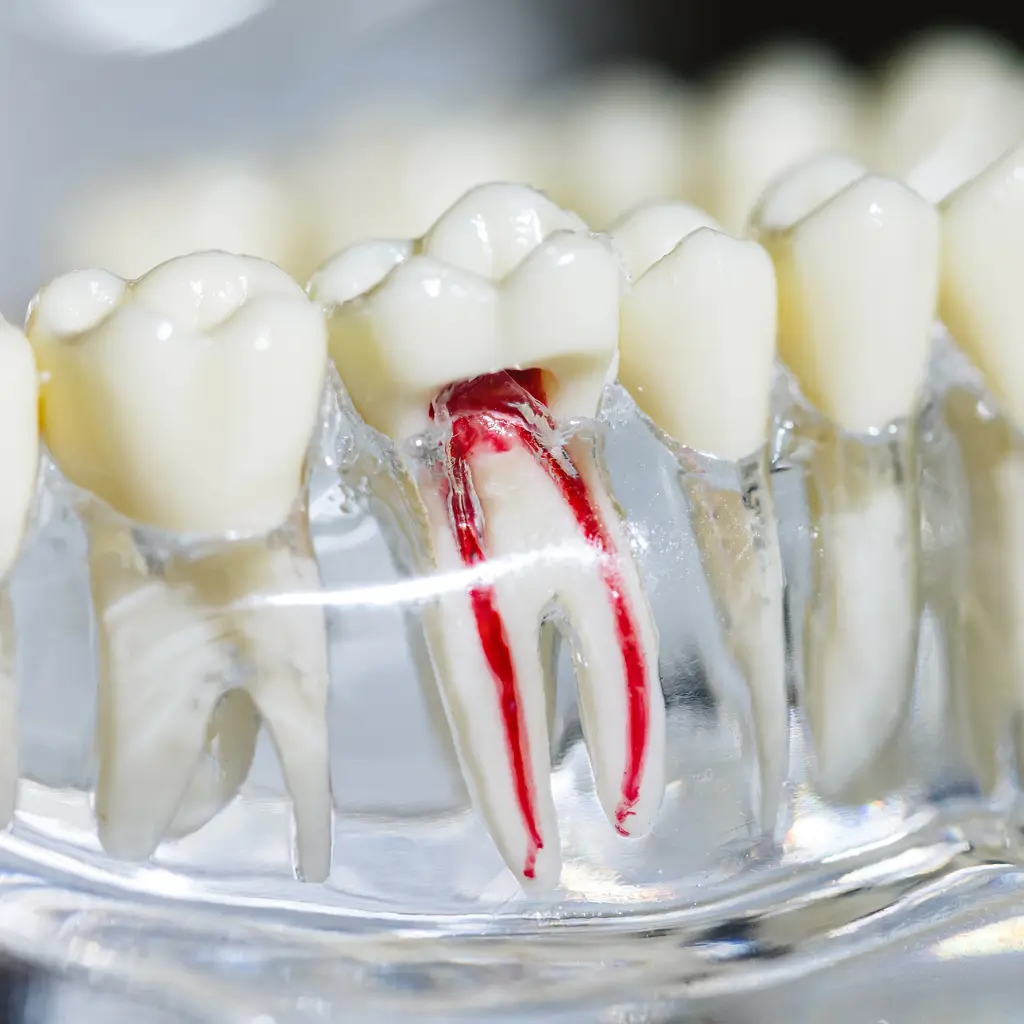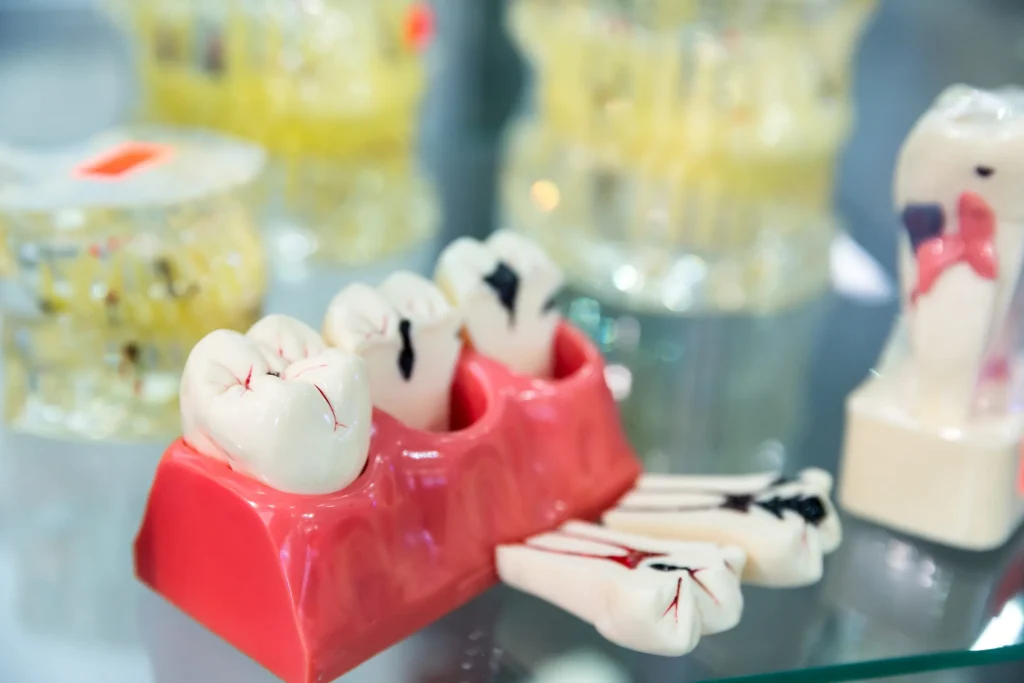Decoding Cavities and Root Canal Infections
Decoding Cavities and Root Canal Infections Reviewed by Dr. Kalpesh Patel 5 min Read Tooth pain can be a complex and concerning experience. As a dentist we’re committed to helping patients understand the nuanced differences between common dental issues, empowering you to seek the right treatment at the right time. Recognizing Cavities: Early Warning Signs Cavities are often subtle intruders that gradually compromise your dental health. Understanding their initial symptoms can prevent more extensive damage: Emerging Indicators of Tooth Decay Subtle Discomfort: Your tooth might react with a gentle twinge when encountering temperature extremes or sweet treats Visual Clues: Small discolorations or tiny imperfections on the tooth surface can signal developing decay Intermittent Pain: Discomfort that appears during eating or drinking, then subsides Oral Hygiene Changes: Unexpected breath issues or an unpleasant taste might indicate bacterial buildup Root Canal Infections: A More Serious Dental Challenge When tooth decay progresses unchecked, it can transform into a more serious condition requiring more intensive intervention: Hallmarks of Deep Tooth Infection Persistent Pain: A relentless, sharp ache that defies typical pain management techniques Extreme Sensitivity: Prolonged discomfort that continues well after temperature exposure Inflammatory Responses: Noticeable gum swelling, redness, or potential abscess formation Structural Changes: Visible darkening or discoloration of the affected tooth Comparative Breakdown: Cavity vs. Root Canal Characteristic Cavity Root Canal Infection Pain Intensity Mild, sporadic Severe, constant Sensitivity Duration Temporary Prolonged Gum Involvement Minimal Significant inflammation Tooth Appearance Small imperfections Noticeable discoloration Proactive Dental Care: Your Best Defense Early detection and prompt professional intervention are crucial in managing dental health. Each symptom tells a story about your oral wellness, and understanding these signals can save you from more complex procedures. When to Seek Professional Help Persistent tooth sensitivity Unexplained oral pain Changes in tooth color or texture Gum swelling or tenderness Your Smile, Our Priority At Active Dental Flower Mound , we believe in comprehensive, compassionate dental care. Our expert team is equipped to diagnose, treat, and guide you through every stage of your dental health journey. Don’t let tooth pain dictate your quality of life. Schedule a consultation today and take the first step towards a healthier, pain-free smile. Contact Active Dental Flower Mound Comprehensive diagnostics Personalized treatment plans Advanced dental care techniques Remember, your oral health is a window to your overall well-being. Listen to your body, act quickly, and trust professional advice.

